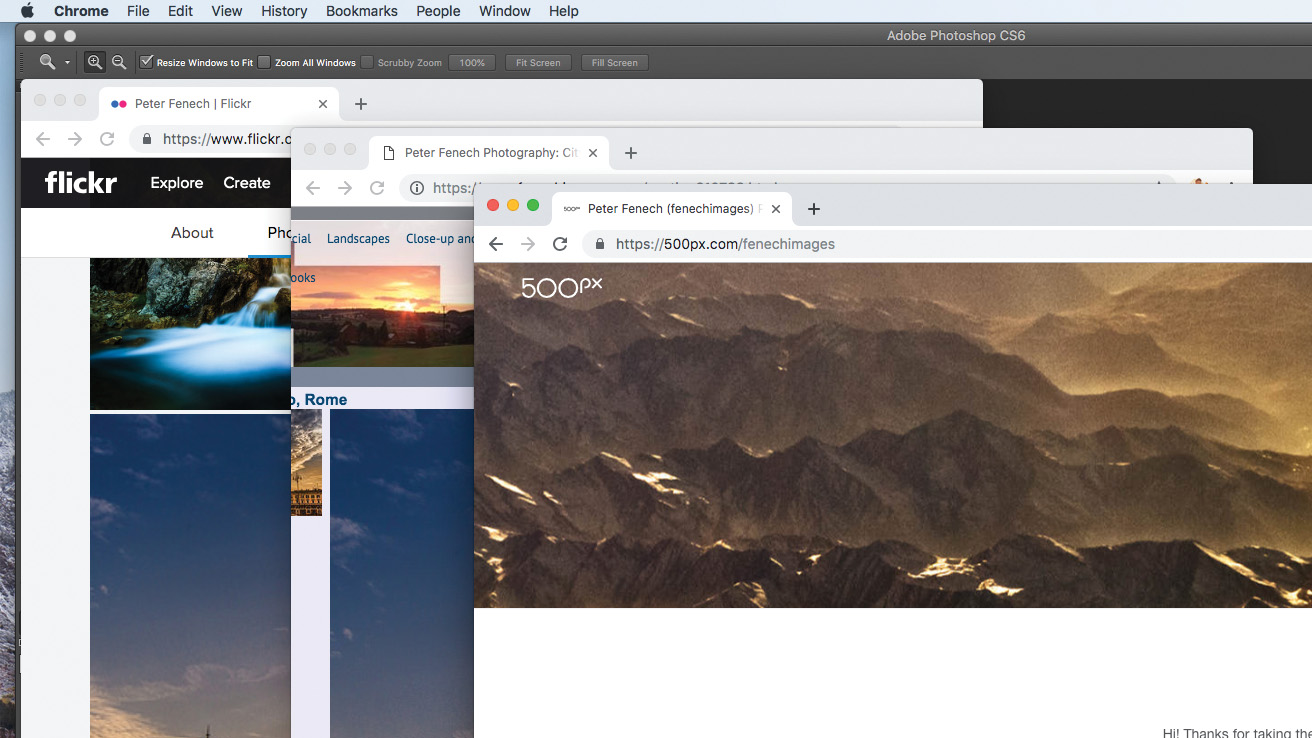Home working opportunity! Maximise your online audience
Use your time at home to work on your online marketing and employ expert techniques to reach higher numbers of viewers for your images

Introduction
Building a website or other online platform for your images requires an investment of time and money, and for many professional photographers this web presence is a main source of business.
Therefore the process of setting up your online marketplace should be done with care, with due consideration to maximising page traffic and reaching the widest possible audience. If images are insufficiently tagged with metadata they will be less visible to search engines, while a poorly implemented website design can result in a high ‘bounce rate’, where visitors do not remain on the page for long or fail to explore your site further.
With a good strategy for attracting digital shoppers, and a further plan for directing visitor behaviour while they are accessing your site, it is possible to increase page ‘hits’ and associated revenue.
Descriptions

Be certain to add a meaningful description to your image with a succinct caption. This will be visible beneath your image in search engines and serves to reinforce the information given in the title. An illuminating description can make the difference between a viewer visiting your page or moving onto the next photograph.
Through traffic

On your personal website, try adding links to other pages, galleries or images that you feel viewers may be interested in. This directs your audience to other potential sources of revenue and keeps them on the site for longer, maximising commercial ‘contact’ time. Many website content management systems offer the functionality to add text hyperlinks without any coding knowledge.
Relevance

Whenever adding search markers, such as titles, keywords and captions, check that they are relevant to the content of the page. Some website templates advise that you only add keywords that are already present in titles and descriptions, to ensure they are not treated as spam by search engine filters. Keep your images visible by making search engines work for you.
Multiple platforms

For your most popular images, or those you feel best represent the quality of your work or will sell well, use multiple online locations for promotion. Place the same image on your website, social accounts and other galleries, such as Flickr, 500px etc., and link them to drive cross-traffic.
The best camera deals, reviews, product advice, and unmissable photography news, direct to your inbox!
Image titles

One of the first fields viewers look at after seeing an image is the title. This should be informative and accurate if you hope to sell the image, since prospective buyers will need to instantly see if the content of the shot is as it appears in a small web thumbnail preview. Titles are also recognised in search engines, so keep your wording concise and incorporate place names and subject type in your wording.
Keywords

A vital part of ensuring your images feature highly in search rankings, keywords tell search engines that your content is what web surfers are looking for. Use subject type, location, date, your business type and your other linked specialisms as keywords, making certain that they are relevant to the page. On social platforms like Instagram, use hashtags in place of keywords – these serve the same function, but try and choose words that are popular yet are unlikely to ‘swamp’ your image with others.
Read more
Open for business: The best B&H deals available right now
Home photography ideas: Capture flower photos outside with a DIY studio
Best free Instagram Stories template for photographers
Home photography ideas: How to make objects levitate in-camera!
Digital Photographer is the ultimate monthly photography magazine for enthusiasts and pros in today’s digital marketplace.
Every issue readers are treated to interviews with leading expert photographers, cutting-edge imagery, practical shooting advice and the very latest high-end digital news and equipment reviews. The team includes seasoned journalists and passionate photographers such as the Editor Peter Fenech, who are well positioned to bring you authoritative reviews and tutorials on cameras, lenses, lighting, gimbals and more.
Whether you’re a part-time amateur or a full-time pro, Digital Photographer aims to challenge, motivate and inspire you to take your best shot and get the most out of your kit, whether you’re a hobbyist or a seasoned shooter.

